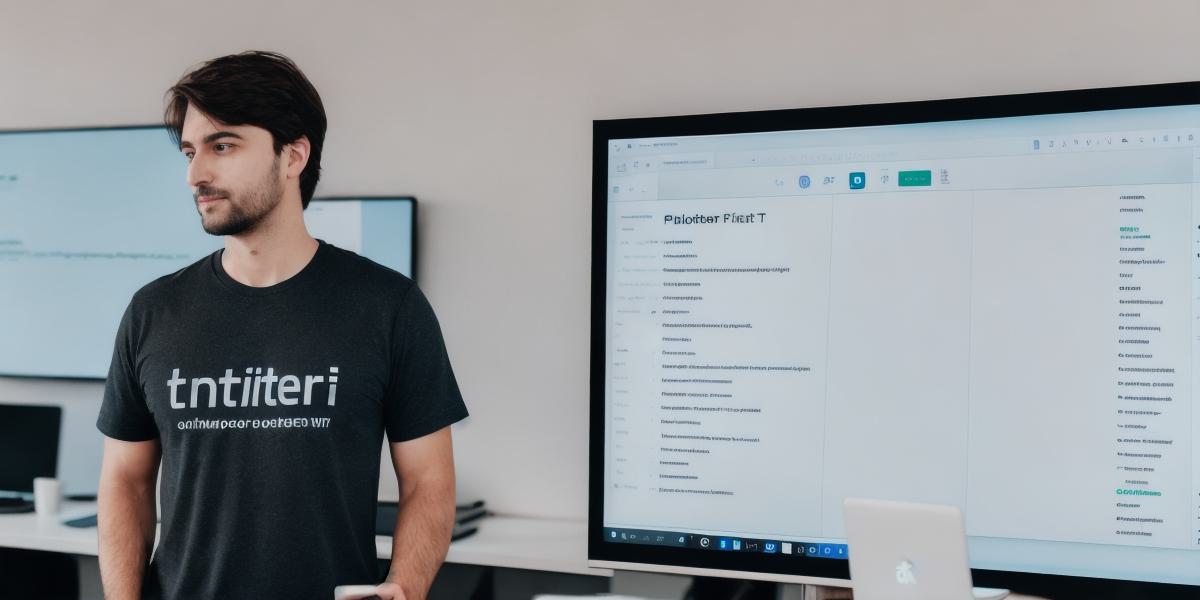Are you a developer looking to expand your skill set and explore new technologies? Look no further than Flutter, the open-source mobile development framework that has taken the world by storm. With its ability to create stunning, native-like apps for both Android and iOS platforms with a single codebase, Flutter is quickly becoming one of the most popular choices for developers. In this comprehensive guide, we’ll take you through everything you need to know to get started with Flutter Android development.
What is Flutter?
Flutter is an open-source mobile development framework created by Google. It allows developers to write code once and deploy it across both Android and iOS platforms, saving time and resources. Flutter uses a reactive programming model, meaning that changes to the UI are automatically updated in real-time, making it easy to create dynamic and interactive apps.
Why Choose Flutter for Android Development?
There are several reasons why developers should consider using Flutter for Android development:
- Faster Development Time: With Flutter, you can write code once and deploy it across both Android and iOS platforms. This means that you don’t have to write separate codebases for each platform, saving time and resources.
- Native-Like Performance: Flutter uses the Skia engine, which is optimized for performance and allows for native-like rendering on both Android and iOS platforms.
- Large Community: Flutter has a large and supportive community of developers, which means that there are plenty of resources available to help you get started and troubleshoot any issues that may arise.
- Easy to Learn: Flutter is designed to be easy to learn, even for developers with little to no experience in mobile development. Its intuitive syntax and straightforward documentation make it a great choice for beginners.
Getting Started with Flutter Android Development
To get started with Flutter Android development, follow these steps:
Step 1: Install the Flutter SDK
The first step is to install the Flutter SDK, which includes all the tools and libraries you need to develop Flutter apps. You can download the SDK from the official Flutter website.
Step 2: Create a New Flutter Project
Once you have the Flutter SDK installed, open up a terminal or command prompt and run the following command to create a new Flutter project:
<h2>flutter create my_project</h2>Replace "my_project" with the name of your project. This will create a new directory with all the files and folders you need to get started.
Step 3: Add the Android SDK

To develop for Android, you’ll need to add the Android SDK to your project. Open up the android/build.gradle file in your favorite text editor and add the following line under the dependencies block:
<h2>implementation 'com.android.support:support-v4:28.0.0'</h2>This will add the support library to your project, which is required for many Android features.
Step 4: Write Your First Flutter App
Now that you have everything set up, it’s time to write your first Flutter app. Open up the lib/main.dart file in your favorite text editor and replace the existing code with the following:
import 'package:flutter/material.